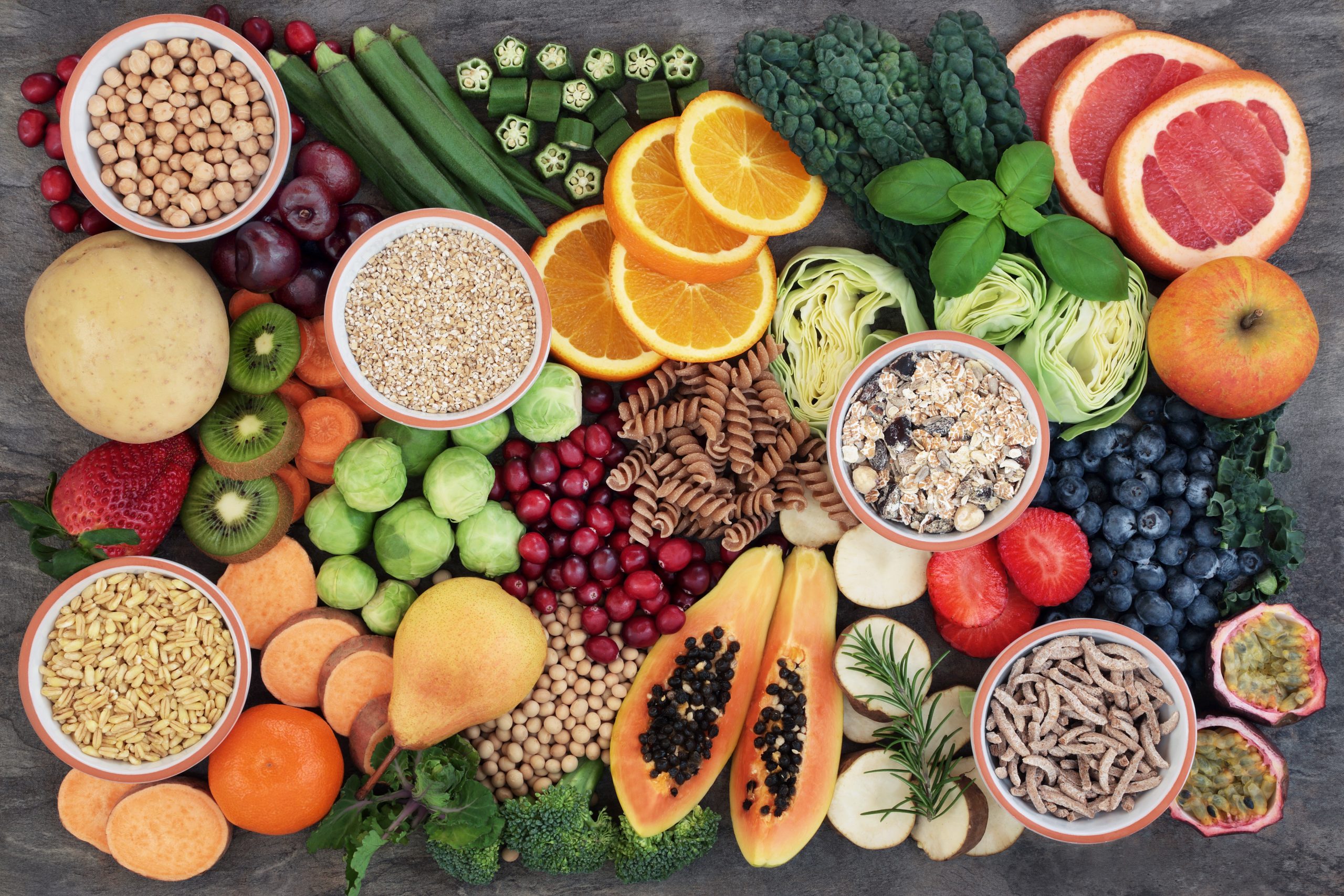Sugar is hidden in so many of the foods that we eat! While many of us try to avoid it, why do we do this? Let’s discuss why sugar isn’t sweet for your health and how to achieve the best balance with your sugar consumption.
Sugar exposure
Whether you have a sweet tooth or prefer more savoury foods, lots of the food available on supermarket shelves have added sugar. For example, there are the obvious lollies and soft drinks but what about the sauces, salad dressing, yoghurts and crackers that you consume? Many of the “healthier options” have a higher sugar content than you might think!
What is a good amount of sugar to consume
According to the Australian and New Zealand food standards, roughly 12 teaspoons (or 50g) of sugar is recommended daily for an adult with a healthy BMI. While this amount sounds like a happy medium, most adults consume more than double this amount daily! SA Health reports that most Australian adults consume around 30 teaspoons of sugar daily. It should be noted that both these values include both added and natural sugars.
Different types of sugar
Speaking of added and natural sugars, it can be confusing to understand which one is which, here is a quick comparison of the two terms. Naturally occurring sugars such as fructose and lactose are found naturally in foods such as fruits and milk. Sugars that are added to food and beverages during processing and preparation such as adding sugar to your coffee, or baking with white sugar are considered “added sugars” (American Heart Association, 2021). Although naturally occurring sugars are usually a healthier option, the body doesn’t differentiate the two as it metabolises the carbohydrates from these sugars through the same pathway. So whether it be naturally occurring or added, it’s still important to be conscious of the amount of sugar you are consuming (UMPC Health Beat, 2019).
Health implications of too much sugar
Even with naturally occurring sugars, there is a notion of “too much of a good thing”, meaning overconsumption can lead to health consequences. Some of the impacts that too much sugar can have on your health include increased risk of obesity, heart disease, type 2 diabetes, tooth decay, inflammation, high blood pressure and fatty liver disease (Rippe & Angelopoulos, 2016).
How to sweeten up your balance!
Natural sweeteners such as stevia and agave are a great alternative to including sweetness in your life without surpassing 12 teaspoons a day. Another way is to consciously read food labels and educate yourself on what you are actually consuming, as well as is there a healthier alternative. Remember knowledge is empowerment, so knowing your choices and facts around sugar intake is a great way to feel empowered and in control of it. Eating a balanced and healthy diet with adequate nutrient levels and eating at regular intervals are great ways to reduce sugar cravings. Some specific foods that help to control blood sugar levels and reduce cravings from blood sugar level drops include ginseng, cinnamon, wholegrains, garlic, nuts, fruit and legumes.
Sounds sweet enough
Sugar consumption is not something that needs to be feared but rather just made aware of. By being conscious with your consumption you can still enjoy the sweeter side of life while prioritising your health and wellbeing!
References
American Heart Association, (2021). Sugar 101, accessed on 21/04/2023, <https://www.heart.org/en/healthy-living/healthy-eating/eat-smart/sugar/sugar-101#:~:text=Naturally%20occurring%20sugars%20are%20found,adding%20sugar%20to%20your%20cereal).>
UMPC Health Beat, (2019). A spoonful of sugar: are all sugars the same? Accessed on 21/04/2023, <https://share.upmc.com/2019/03/are-all-sugars-the-same/#:~:text=The%20human%20body%20does%20not,monosaccharides%20as%20the%20end%20result.>
Rippe, J. M., & Angelopoulos, T. J. (2016). Relationship between Added Sugars Consumption and Chronic Disease Risk Factors: Current Understanding. Nutrients, 8(11), 697. https://doi.org/10.3390/nu8110697




